In North India, people who keep Navratri fast use only certain flours like singhare ka atta (water chestnut flour), Kuttu ka atta (buckwheat flour), rajgira ka atta (amaranth flour), sama ke chawal ka atta (barnyard millet flour) and arrowroot flour. You can check my post on this list of all Ingredients for Navratri fasting to know more. So kuttu ka atta is used in making many recipes during fasting days like Kuttu ki poori, pakoras, halwa, dosa or you can use it as a binding agent to make tikkis. Another option is to use singhare ka atta instead of kuttu ka atta. I have also shared the recipes of Singhare ki poori and Rajgira poori. Buckwheat flour is devoid of gluten, so mashed potatoes are added to help bind the flour. The addition of potatoes also makes it easier to roll the roti. It also adds some softness to the roti and also makes it better to taste. The roti or parathas has to be rolled in a moist cloth or in a ziplock bag. The method to make kuttu ka paratha is similar to making makki ki roti or bajra roti. For making rotis, you roll it slightly thin and for making parathas you can roll slightly thick. You can also use a mix of kuttu ka atta and singhare ka atta to make these rotis. You can also check this recipe of Rajgira paratha. These flatbreads made from buckwheat flour make a good gluten-free option and is good for folks who have gluten intolerance. I make these gluten free rotis not only during fasts but also on non-fasting days. They are healthy whole grain flatbreads that you can include in your menu. You can serve kuttu ka paratha with other vrat recipes like:
How to make Kuttu ka Paratha (Kuttu ki Roti)
- Rinse 1 medium to large potato thoroughly in fresh water. Then boil the potato till its completely tender and of a mashable consistency. You can either boil potatoes in a stovetop pressure cooker or in a pan or in an instant pot adding water as needed. In a 2 litre pressure cooker, add 1 cup water and 1 to 2 pinches of salt. Then pressure cook for 2 to 3 whistles on medium heat. Once the pressure settles down on its own, then only open the lid. Remove the potato with the help of pasta tongs and let it become warm at room temperature.
- When the potato becomes warm, then peel and mash it very well with a potato masher or a fork. Make sure the potato is mashed really well and there are no chunks in it.
- Measure and keep all the ingredients ready for making kuttu ka paratha.
- In a bowl or dish, mix the mashed potatoes, 1 tablespoon finely chopped coriander leaves, 1 green chilli (finely chopped) and 1 teaspoon edible rock salt or add as required.
- Next add 2 cups kuttu ka atta (buckwheat flour).
- Add 1 to 2 tablespoons of warm water.
- Begin to mix and knead.
- Keep on adding water in parts and knead till a dough forms and it stays together. You will overall need 3 to 4 tablespoons of water or more depending upon the moisture in the potato and the quality of the flour. Do add more water if required. Addition of water depends on the texture of the flour used. Don’t make too smooth or too moist dough as you won’t be able to roll kuttu paratha.
- Make lemon-sized balls from the dough and flattened them. Keep them covered with a clean kitchen towel.
Making kuttu ka paratha
- On a moist cloth, sprinkle some flour lightly.
- Take a medium-sized dough ball and place it on the cloth.
- Fold the cloth over the dough ball. You can use a large cotton cloth or use two clean cotton napkins. 13. Roll the dough ball gently with a rolling pin. Pick up the folded napkin together with the dough gently and roll so you get an even round shaped paratha.
- While making rotis, you roll it slightly thin and for making parathas you can roll slightly thick.
- Gently remove the folded part of the napkin from the top of the rolled paratha.
Cooking kuttu ka paratha
- Heat skillet or griddle or tava. Now lift the napkin with the paratha. Carefully turn it upside down and place the roti or paratha on the hot tawa. Then peel the napkin gently from the roti. Keep the heat to medium or medium-high while roasting.
- Alternatively, you can place the roti or paratha side on your right palm and gently remove the napkin from the other side. Then place the roti or paratha on the tava.
- When one side is partly cooked, flip and let the other side cook.
- Spread ½ teaspoon ghee or oil on top and cook the second side for a minute.
- Flip and spread ½ teaspoon ghee or oil on the top.
- Flip and cook the second side. Flip once or twice till the kuttu rotis have brown patches.
- Prepare all kuttu ka atta ki rotis or parathas this way. You can stack the rotis in a roti basket.
- Serve Kuttu ki roti or paratha hot or warm with a side vegetable dish or curry like: If you are looking for more fasting recipes then do check:
Kuttu ki khichdiSabudana vadaSabudana khichdi
Please be sure to rate the recipe in the recipe card or leave a comment below if you have made it. For more vegetarian inspirations, Sign Up for my emails or follow me on Instagram, Youtube, Facebook, Pinterest or Twitter. This Kuttu ka Paratha post from the blog archives first published in October 2013 has been republished and updated on 17 January 2022.
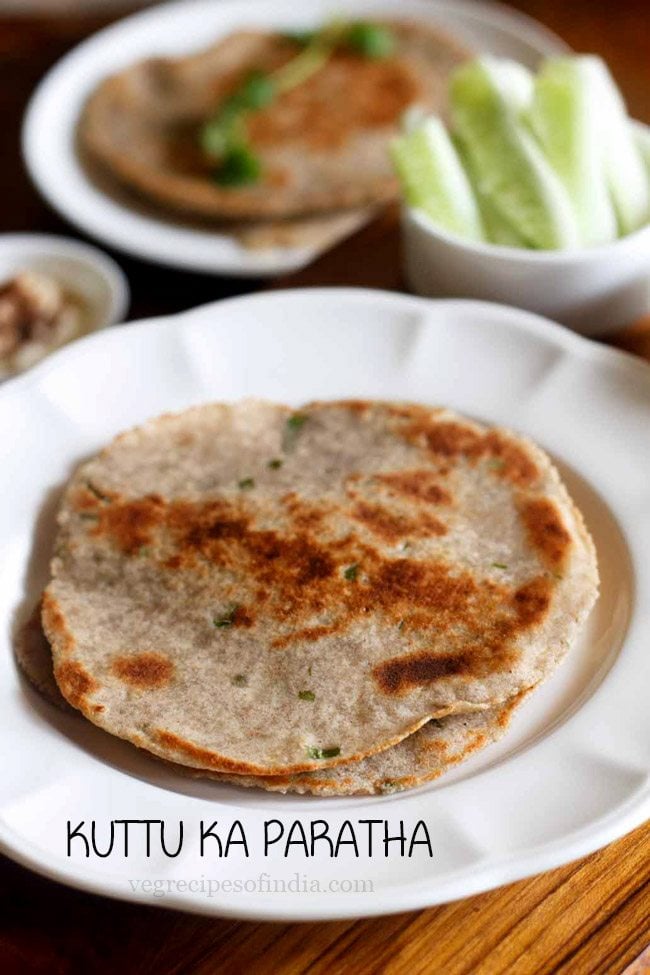
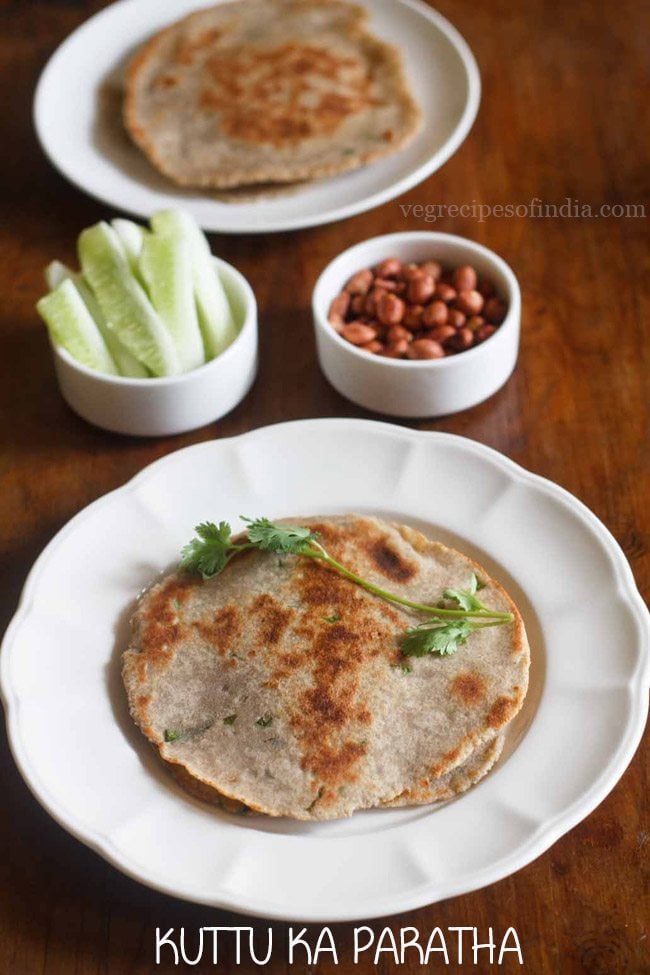
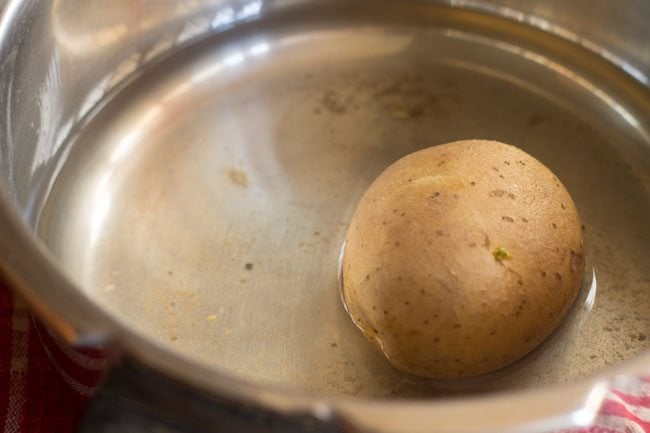
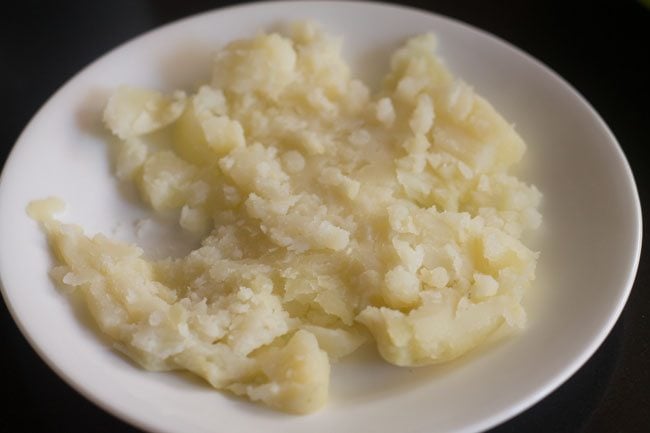
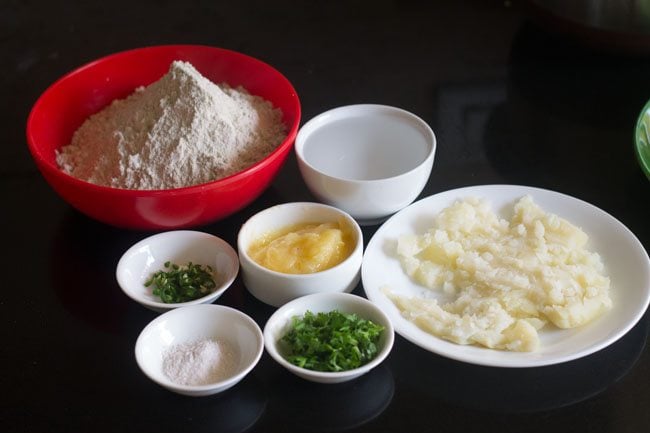
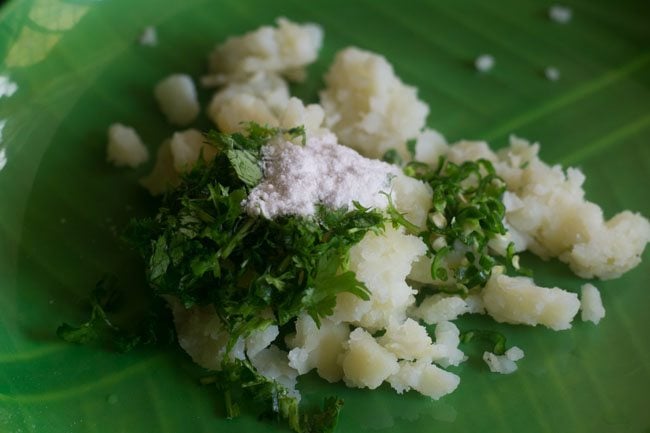
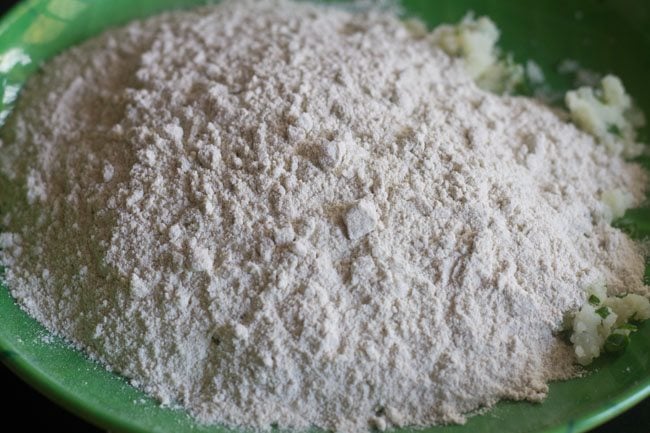
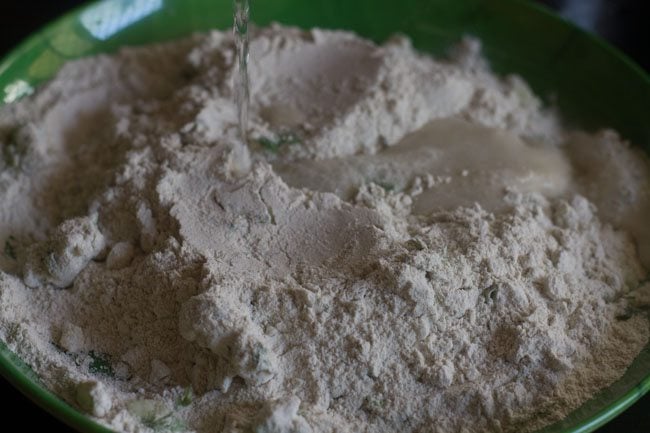
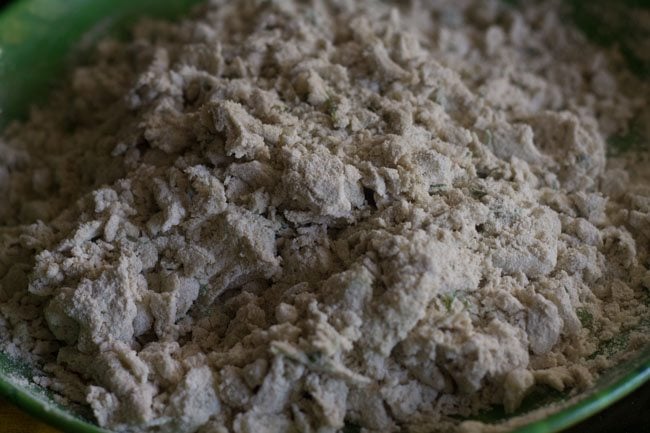
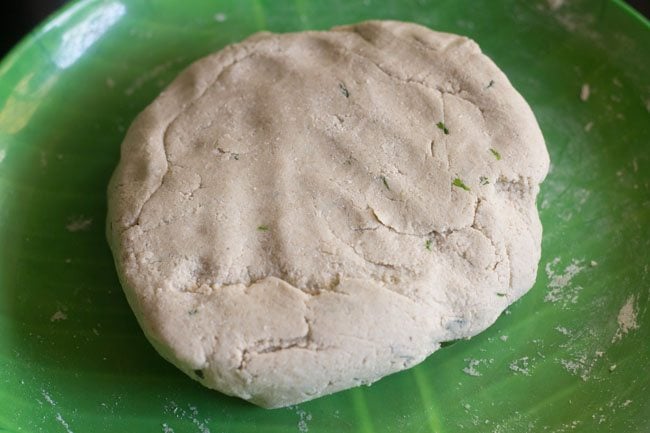
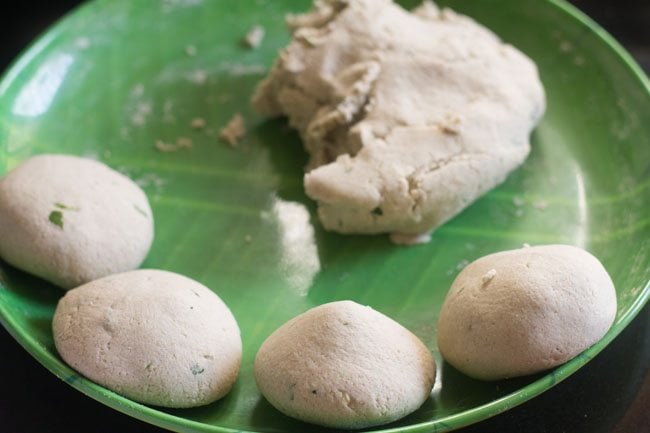
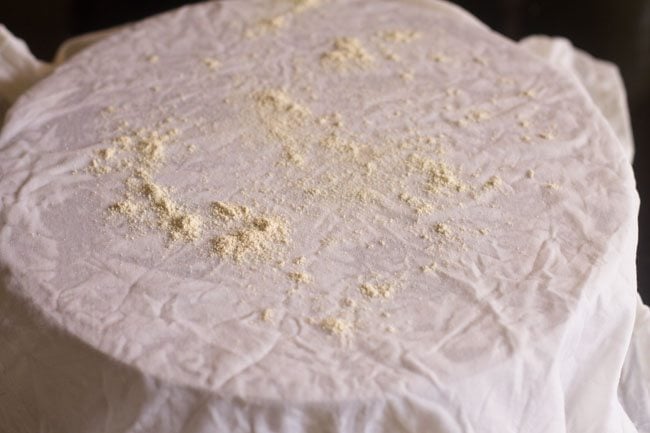
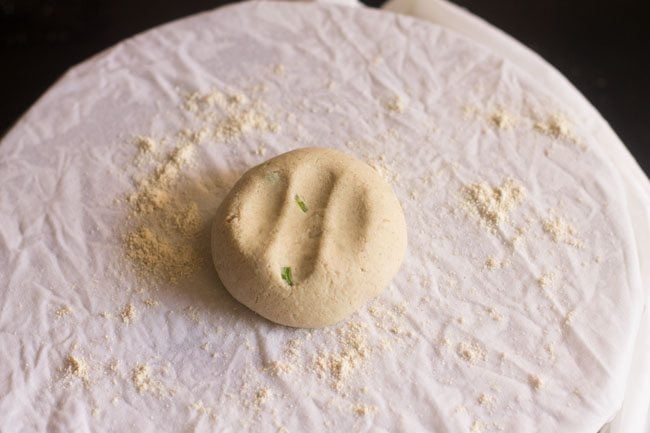
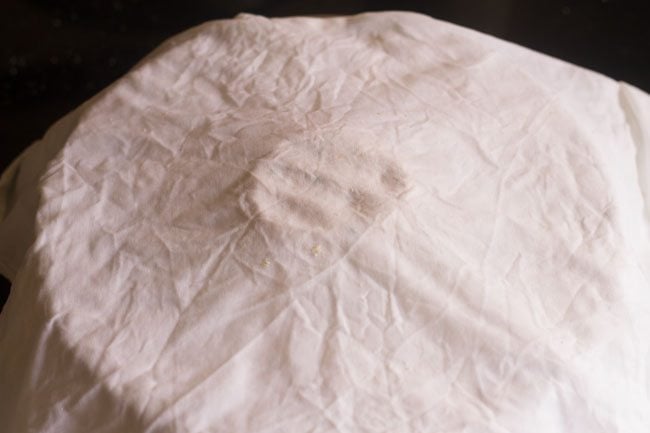
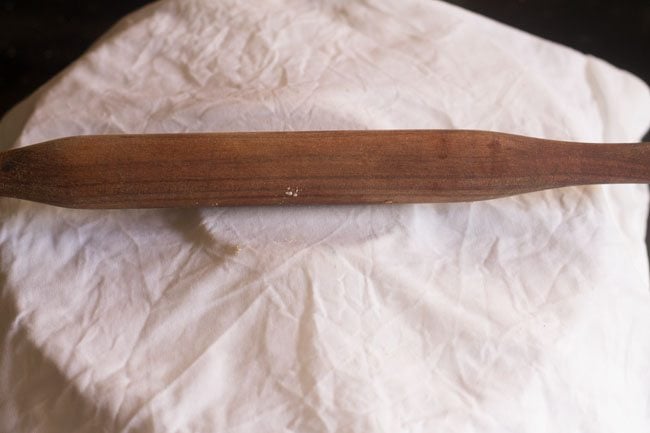
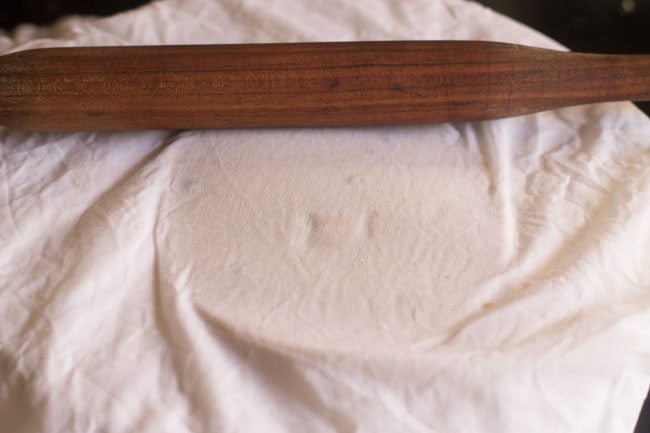
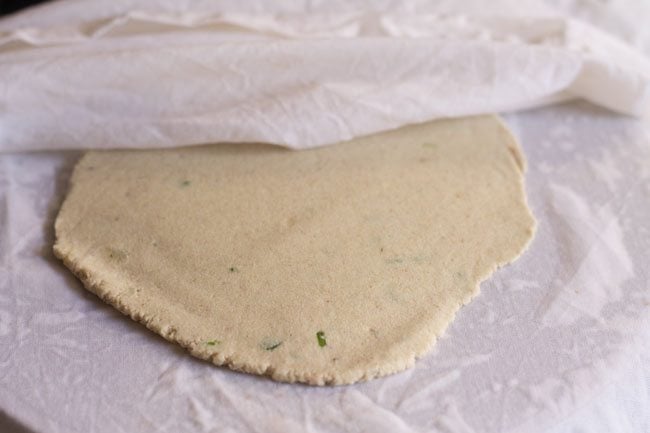
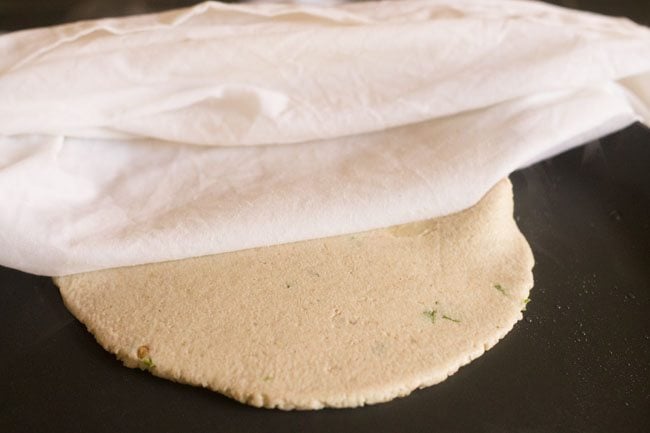
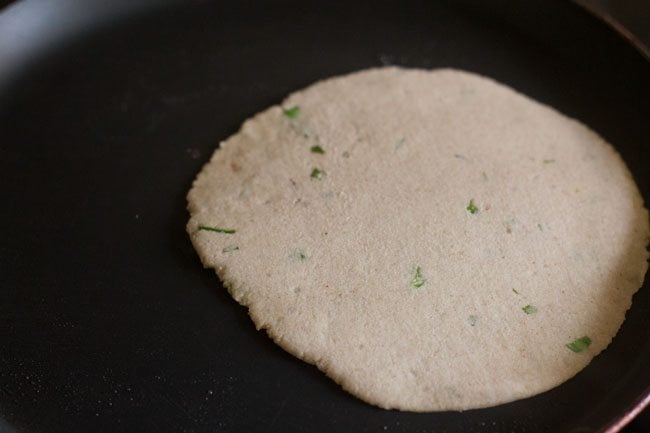
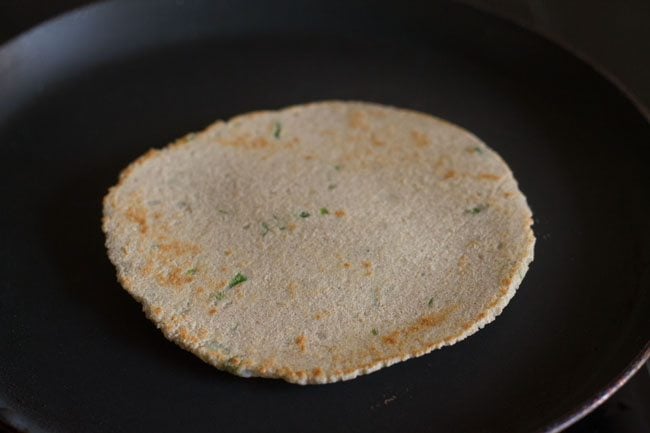
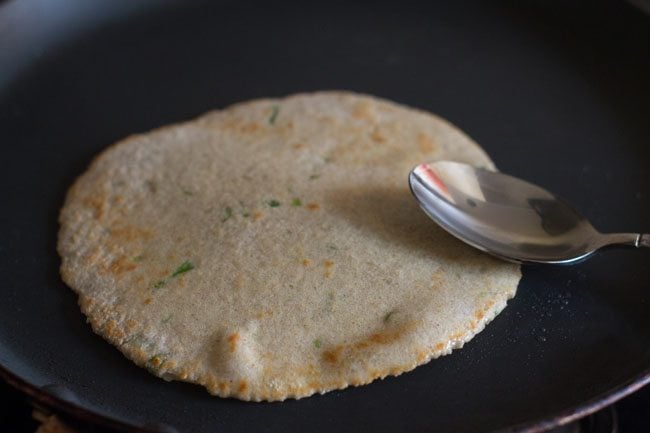
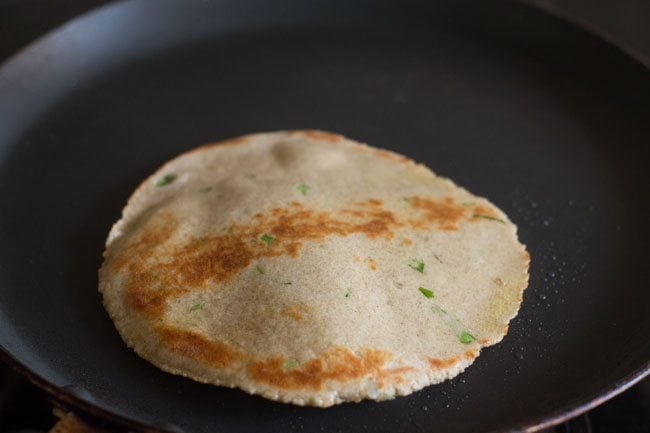
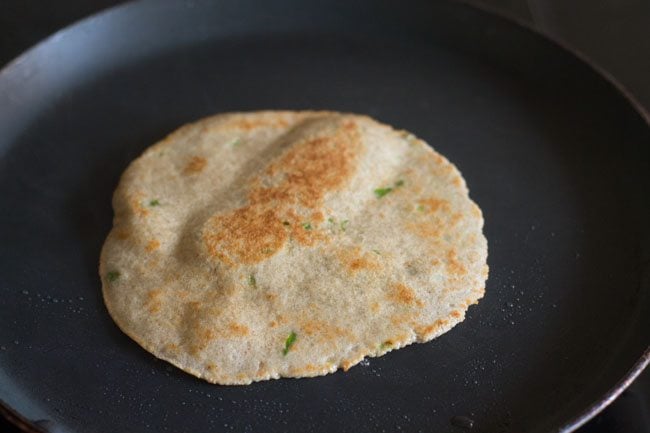
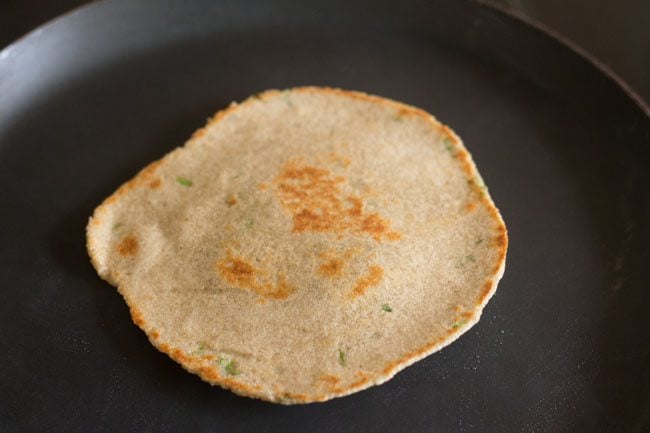
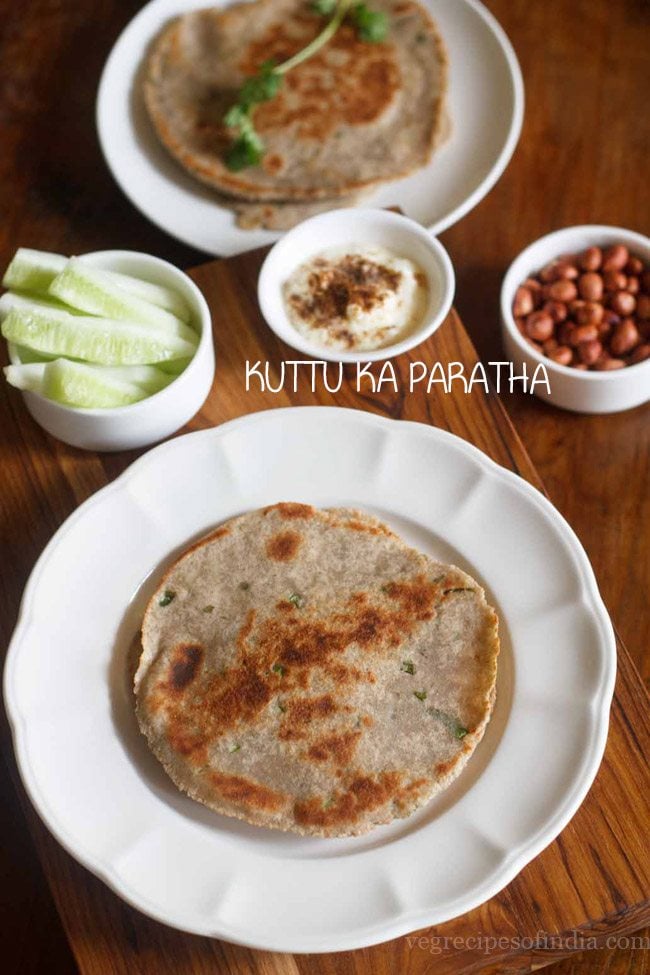
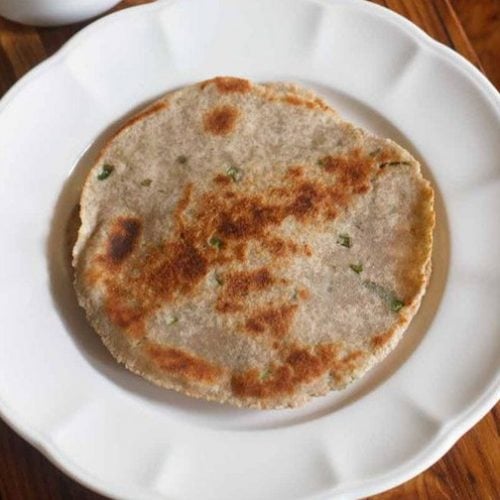
title: “Kuttu Ka Paratha Vrat Ka Paratha Kuttu Ki Roti” ShowToc: true date: “2024-10-26” author: “Margaret Huynh”
In North India, people who keep Navratri fast use only certain flours like singhare ka atta (water chestnut flour), Kuttu ka atta (buckwheat flour), rajgira ka atta (amaranth flour), sama ke chawal ka atta (barnyard millet flour) and arrowroot flour. You can check my post on this list of all Ingredients for Navratri fasting to know more. So kuttu ka atta is used in making many recipes during fasting days like Kuttu ki poori, pakoras, halwa, dosa or you can use it as a binding agent to make tikkis. Another option is to use singhare ka atta instead of kuttu ka atta. I have also shared the recipes of Singhare ki poori and Rajgira poori. Buckwheat flour is devoid of gluten, so mashed potatoes are added to help bind the flour. The addition of potatoes also makes it easier to roll the roti. It also adds some softness to the roti and also makes it better to taste. The roti or parathas has to be rolled in a moist cloth or in a ziplock bag. The method to make kuttu ka paratha is similar to making makki ki roti or bajra roti. For making rotis, you roll it slightly thin and for making parathas you can roll slightly thick. You can also use a mix of kuttu ka atta and singhare ka atta to make these rotis. You can also check this recipe of Rajgira paratha. These flatbreads made from buckwheat flour make a good gluten-free option and is good for folks who have gluten intolerance. I make these gluten free rotis not only during fasts but also on non-fasting days. They are healthy whole grain flatbreads that you can include in your menu. You can serve kuttu ka paratha with other vrat recipes like:
How to make Kuttu ka Paratha (Kuttu ki Roti)
- Rinse 1 medium to large potato thoroughly in fresh water. Then boil the potato till its completely tender and of a mashable consistency. You can either boil potatoes in a stovetop pressure cooker or in a pan or in an instant pot adding water as needed. In a 2 litre pressure cooker, add 1 cup water and 1 to 2 pinches of salt. Then pressure cook for 2 to 3 whistles on medium heat. Once the pressure settles down on its own, then only open the lid. Remove the potato with the help of pasta tongs and let it become warm at room temperature.
- When the potato becomes warm, then peel and mash it very well with a potato masher or a fork. Make sure the potato is mashed really well and there are no chunks in it.
- Measure and keep all the ingredients ready for making kuttu ka paratha.
- In a bowl or dish, mix the mashed potatoes, 1 tablespoon finely chopped coriander leaves, 1 green chilli (finely chopped) and 1 teaspoon edible rock salt or add as required.
- Next add 2 cups kuttu ka atta (buckwheat flour).
- Add 1 to 2 tablespoons of warm water.
- Begin to mix and knead.
- Keep on adding water in parts and knead till a dough forms and it stays together. You will overall need 3 to 4 tablespoons of water or more depending upon the moisture in the potato and the quality of the flour. Do add more water if required. Addition of water depends on the texture of the flour used. Don’t make too smooth or too moist dough as you won’t be able to roll kuttu paratha.
- Make lemon-sized balls from the dough and flattened them. Keep them covered with a clean kitchen towel.
Making kuttu ka paratha
- On a moist cloth, sprinkle some flour lightly.
- Take a medium-sized dough ball and place it on the cloth.
- Fold the cloth over the dough ball. You can use a large cotton cloth or use two clean cotton napkins. 13. Roll the dough ball gently with a rolling pin. Pick up the folded napkin together with the dough gently and roll so you get an even round shaped paratha.
- While making rotis, you roll it slightly thin and for making parathas you can roll slightly thick.
- Gently remove the folded part of the napkin from the top of the rolled paratha.
Cooking kuttu ka paratha
- Heat skillet or griddle or tava. Now lift the napkin with the paratha. Carefully turn it upside down and place the roti or paratha on the hot tawa. Then peel the napkin gently from the roti. Keep the heat to medium or medium-high while roasting.
- Alternatively, you can place the roti or paratha side on your right palm and gently remove the napkin from the other side. Then place the roti or paratha on the tava.
- When one side is partly cooked, flip and let the other side cook.
- Spread ½ teaspoon ghee or oil on top and cook the second side for a minute.
- Flip and spread ½ teaspoon ghee or oil on the top.
- Flip and cook the second side. Flip once or twice till the kuttu rotis have brown patches.
- Prepare all kuttu ka atta ki rotis or parathas this way. You can stack the rotis in a roti basket.
- Serve Kuttu ki roti or paratha hot or warm with a side vegetable dish or curry like: If you are looking for more fasting recipes then do check:
Kuttu ki khichdiSabudana vadaSabudana khichdi
Please be sure to rate the recipe in the recipe card or leave a comment below if you have made it. For more vegetarian inspirations, Sign Up for my emails or follow me on Instagram, Youtube, Facebook, Pinterest or Twitter. This Kuttu ka Paratha post from the blog archives first published in October 2013 has been republished and updated on 17 January 2022.

























